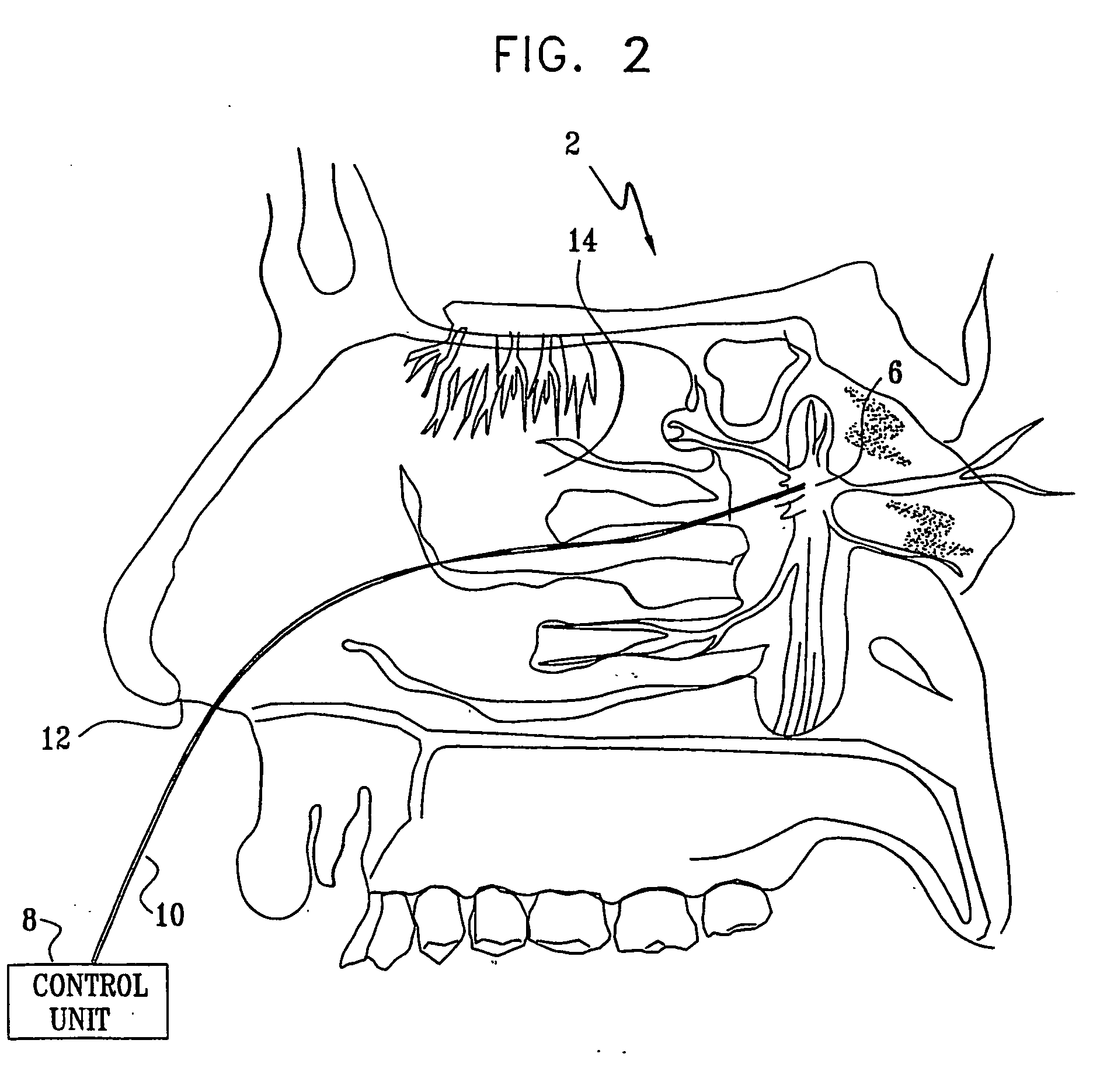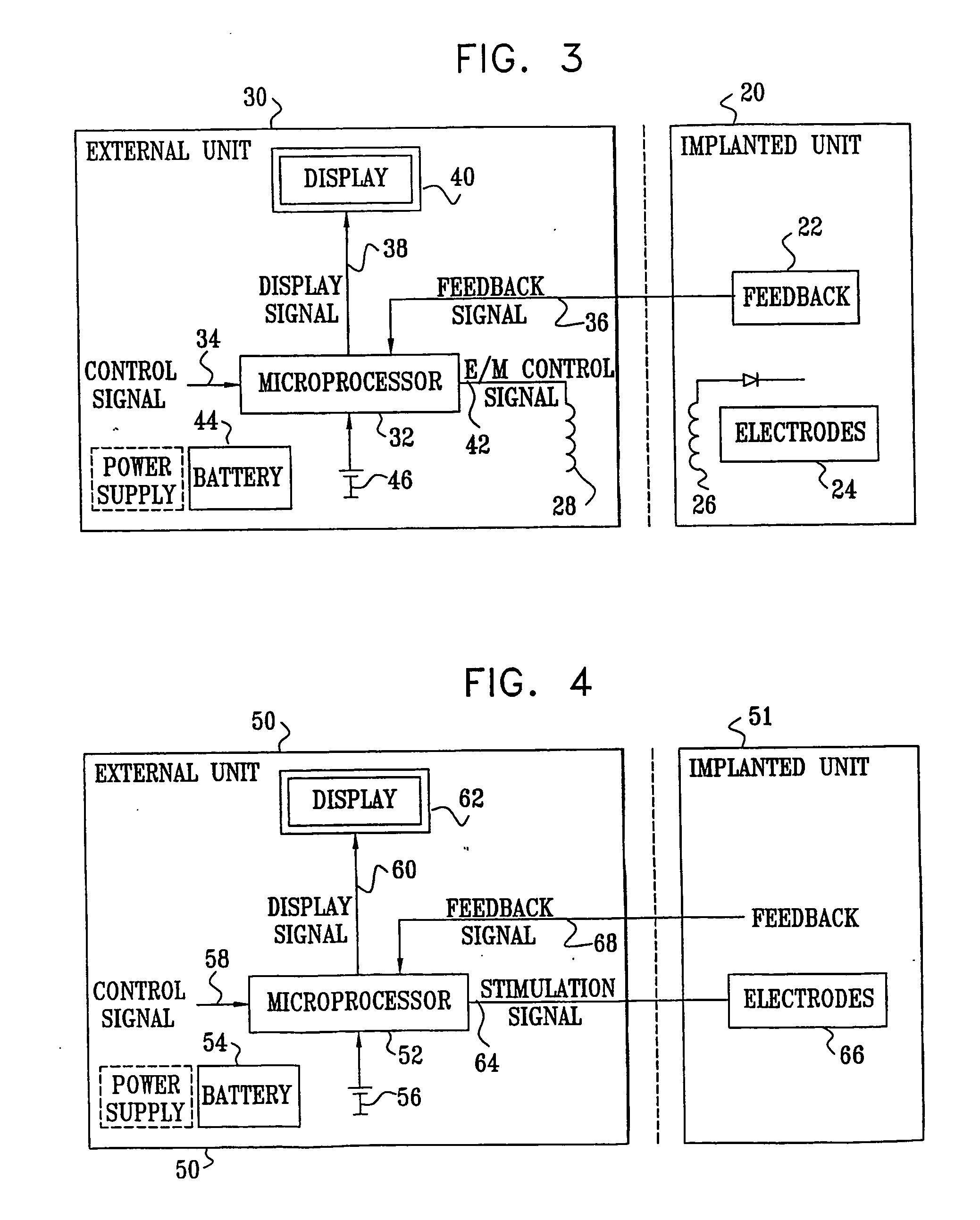Methods and systems for management of alzheimer's disease
a technology for alzheimer's disease and management methods, applied in the field of methods and systems for managing alzheimer's disease, can solve the problems of insufficient effort to identify factors responsible for a accumulation in the brain, cellular, biochemical and molecular events responsible for this neuronal and synaptic loss are subject to fierce controversy, and achieve vasodilatation, vasoconstriction and/or cerebrovascular permeability changes, and reduce any possible pain
- Summary
- Abstract
- Description
- Claims
- Application Information
AI Technical Summary
Benefits of technology
Problems solved by technology
Method used
Image
Examples
example 1
Therapeutics (Glutamate Inhibitors)
[0495] Excitotoxicity is related to excessive activation of glutamate receptors which results in neuronal cell death. The physiological function of glutamate receptors is the mediation of ligand-gated cation channels with the concomitant influx of calcium, sodium and potassium through this receptor-gated channel. The influx of these cations is essential for maintaining membrane potentials and the plasticity of neurons which in itself plays a pivotal role in cognitive function of the central nervous system (Li, H. B. et al., Behav. Brain Res. 83:225-228, 1997; Roesler, R. et al., Neurology 50:1195, 1998; Wheal, H. V. et al., Prog. Neurobiol. 55:611-4640, 1998; Wangen, K et al., Brain Res. 99:126-130, 1997). Excitotoxicity plays an important role in neuronal cell death following acute insults such as hypoxia, ischemia, stroke and trauma, and it also plays a significant role in neuronal loss in AIDS dementia, epilepsy, focal ischemia (Coyle, J. T. et...
example 2
Therapeutics β / γ Secretase Inhibitors
[0498] In a preferred embodiment of the present invention, methods for treatment of Alzheimer's disease target the formation of β-amyloid through the enzymes involved in the proteolytic processing of β-amyloid precursor protein. Compounds that inhibit β or γ secretase activity, either directly or indirectly, are used, in accordance with this embodiment, to control the production of β-amyloid. Advantageously, compounds that specifically target γ secretases, could control the production of β-amyloid. Typically, such inhibition of β or γ secretases reduces production of Aβ, which, in turn, reduces or prevents the neurological disorders associated with Aβ protein.
[0499] Compelling evidence accumulated during the last decade revealed that Aβ is an internal polypeptide derived from a type 1 integral membrane protein, termed b amyloid precursor protein (APP). β APP is normally produced by many cells both in vivo and in cultured cells, derived from var...
example 3
Therapeutics (NMDA-Receptor Blocker)
[0507] U.S. patent application Publication 20020035145 to Tsai et al., describes a method to treat various neuropsychiatric disorders, including Alzheimer's disease. Their description relates that neuropsychiatric disorders characterized by a deficit in neurotransmission via the NMDA receptor can be alleviated by a compound that acts as an agonist of the glycine site on the NMDA receptor or an inhibitor of glycine uptake. The compound is either a partial agonist such as D-cycloserine, which can be used at a dosage of 105-500 mg, or a full agonist (e.g., D-serine or D-alanine) that is selective for the NMDA receptor (compared to the inhibitory glycine receptor and other receptors), or a glycine uptake inhibitor (e.g., N-methylglycine). They describe methods for treating neuropsychiatric disorders in patients (i.e., humans). Examples of disorders that can be treated by the methods they describe include schizophrenia, Alzheimer's disease, autism, de...
PUM
 Login to View More
Login to View More Abstract
Description
Claims
Application Information
 Login to View More
Login to View More - R&D
- Intellectual Property
- Life Sciences
- Materials
- Tech Scout
- Unparalleled Data Quality
- Higher Quality Content
- 60% Fewer Hallucinations
Browse by: Latest US Patents, China's latest patents, Technical Efficacy Thesaurus, Application Domain, Technology Topic, Popular Technical Reports.
© 2025 PatSnap. All rights reserved.Legal|Privacy policy|Modern Slavery Act Transparency Statement|Sitemap|About US| Contact US: help@patsnap.com



